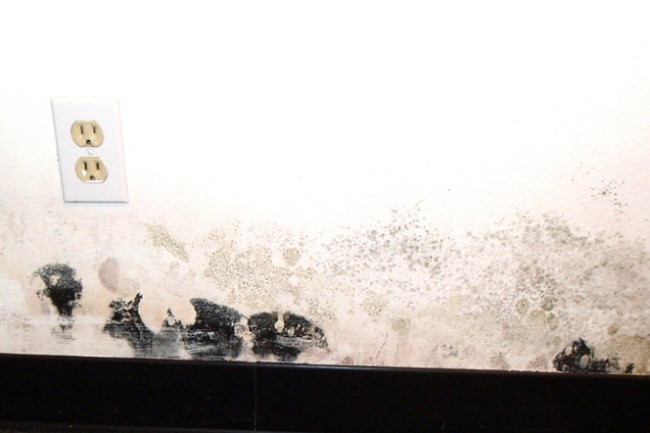Mold and Moisture
Mold needs moisture in order to grow. Moisture can enter the home through leaks or be generated by the people in the home by hot showers or cooking.
Mold can grow anywhere there is water and a suitable surfaces, which are called porous because they retain water and often stay damp.
Examples of porous surfaces include carpet, drywall, fabrics, paper-based items and wood.
There are over 100,000 types of mold of various color – black, brown, orange, green, etc. Regardless of color, there is NO good mold.
Infants, children, elderly and those who are immune-compromised due to an illness are at higher risk for upper respiratory problems. Symptoms can include runny nose, itchy watery eyes, and sore throat. Anyone who has asthma or mold allergies will typically have a reaction. Not all people are affected in the same way.
Although moisture problems and/or cleanup of mold may be done by a landlord or homeowner, extensive problems may require professional help. There are currently no standards for mold; the amount that is acceptable or certifications necessary for those conducting cleanup.
Here are basic mold & moisture cleanup tips and techniques.
Download our fact sheet to learn about water removal and mold prevention
Resources




